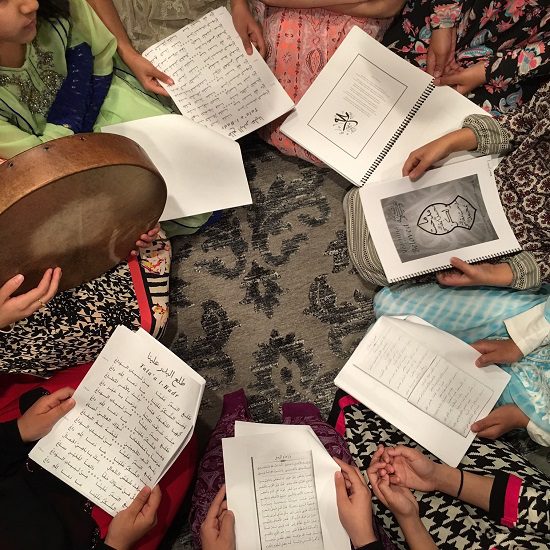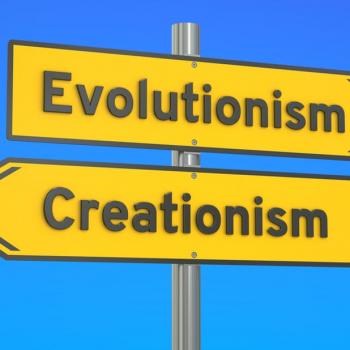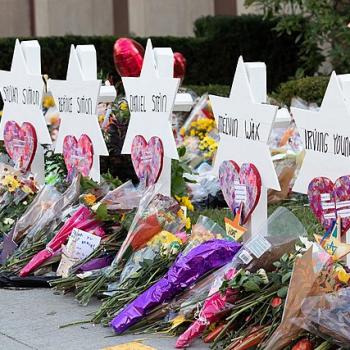 |
|
Trudeau would be proud
|
“Living next to you is in some ways like sleeping with an elephant. No matter how friendly and even-tempered is the beast, if I can call it that, one is affected by every twitch and grunt.”
That was what late Canadian Prime Minister Pierre Trudeau had to say about Canada-US relations during a March 1969 visit to Washington, DC. The two countries share the longest common border in the world, so it’s no surprise that almost everything from trade to travel is affected by the grunts and twitches of the world’s sole superpower.
While most Canadians will readily admit that American culture, political ideas and more influence their lives, the opposite is not always true. However, for the Muslims of North America, especially after 9/11, Canadian Muslims have become major movers and shakers in the continent’s Muslim community.
There’s Ingrid Mattson, the first female president of the continent’s largest Islamic organization who is from Kitchener, Ontario. Then there’s Dawud Wharnsby Ali, also from Kitchener, who is a pioneer in the development of modern Muslim music. And let’s not forget Zarqa Nawaz, creator of “Little Mosque on the Prairie,” the first-ever sitcom about Muslims in any Western country. She grew up in Toronto and currently lives in Regina. In the realm of publishing, you’ve got Tayyibah Taylor, the publisher, editor and co-founder of Azizah Magazine, the only Muslim magazine aimed exclusively at Muslim women, who spent her formative years in Toronto, Canada and Ausma Zehanat Khan, editor of Muslim Girl Magazine, the sole magazine aimed at Muslim girls which was launched last January, who grew up in Saskatchewan and Ontario.
So how did the beaver, Canada’s national symbol, suddenly sneak up on the elephant? For that, you may have to thank the man who came up with the above-mentioned analogy.
Canada was already an officially bilingual country in 1971, during Trudeau’s initial term in power, when it became the first nation in the world to adopt an official Multiculturalism Policy. Through it, the Canadian government actively supported programs and services that would bolster associations representing various ethnic and cultural groups, as well as help Canadians of all backgrounds better integrate into Canadian society.
Over a decade later, section 27 of a new Canadian Charter of Rights and Freedoms emphasized that the country’s courts were to interpret this new legislation “in a manner consistent with the preservation and enhancement of the multicultural heritage of Canada,” thus making Canada a constitutional multicultural state.
These moves were part of a broader process that included the establishment of the Bill of Rights Act of 1960 followed by the Immigration Act of 1962. The former affirmed the rights of all Canadians regardless of race, national origin, color or sex. The latter opened up immigration to Canada of non-whites.
Azizah magazine co-founder and co-editor Taylor was a teenager in the late 1960s and early 1970s and witnessed the openness to diversity pursued before and after Trudeau’s policy. She came to Canada from Trinidad with her parents, who were originally from Barbados.
“I can remember very distinctively in 1967, when Canada was celebrating its centennial, one of the things they did was ask the West Indian community to put on a celebration,” she recalled in an interview with altmuslim.com. “That’s how Caribana got started. One of my aunts was the creative force behind that and getting the whole West Indian community together which was no small feat.”
For Taylor, this was a clear example of how different the Canadian and American approaches to racial and ethnic diversity were.
“Each cultural community put on a festival. So it wasn’t like to be Canadian you had to give up your cultural identity and become a potato in the melting pot,” she said, referring to the metaphor used to describe American multiculturalism. “Rather it was the mosaic model of multiculturalism where each culture had a tile of its own to put together this beautiful culture,” she added.
This celebration of difference, she explained, has affected how she presents Azizah Magazine.
“The first few issues, I made a concentrated effort to make sure there were different ethnicities represented. Now Azizah is known for that. It’s not a magazine targeted to one ethnic group, one Madhab. I kind of got that from my Canadian background. That our differences are positive not negative.”
Muslim Girl Magazine editor Ausma Zehanat Khan, 38, was born in England but arrived in Canada as a kindergartner. She emphasizes that she too benefited from the outlook that “mosaic multiculturalism” provided.
“When you grow up in Canada, you go through a system of education based on bilingualism and multiculturalism. You’re trained in these universal values of tolerance and pluralism from a young age, as are your fellow citizens,” she said. This makes it “comfortable and safe” to be a visible minority.
“Safety and belonging,” she added, “leads to the nurturing of talent.”
But visible minorities weren’t the only ones to benefit from the creativity that Muslims like Taylor and Khan feel multiculturalism fostered. Dawud Wharnsby says that the openness to diversity and difference also affected independent artists in Canada, giving them a voice virtually unheard of in the United States, where big names and big money tend to dominate the entertainment scene.
“I felt as though artistically, Canada really fostered that support for independent artists and perhaps that could link to the Multicultural Act,” he said. “But I think he (Trudeau) almost had to do that, because the population was so diverse.”
“Artistic expression was the way those other communities would inform the mainstream community.” He noted that during his performances at Canadian folk festivals, “one common message I felt (among the artists) was that we left a place where there was tribulation and we didn’t want to export that. The arts were a way to express their culture without the other baggage,” said Wharnsby.
Multiculturalism in Western countries has come under attack in recent years, including in Canada. Critics charge that it only ghettoizes and stereotypes minorities instead of incorporating them into a larger mainstream culture, as well as reinforcing alienation felt by those ethncially, culturally and racially different from the majority.
In the Canadian context, Trudeau continues to come under fire for promoting multiculturalism at the expense of integrating the French-Canadian community into the fabric of the nation. Centuries-old tension between Canada’s English-speaking majority and its French-speaking minority almost split the country apart during an October 1995 provincial referendum.
Nonetheless, for a number of today’s Canadian Muslim movers and shakers, multiculturalism has only helped, not hindered their integration into their nation’s fabric while nurturing talent and innovation that we are witnessing today in Muslim North America.
Samana Siddiqui is a Chicago-based freelance writer.











